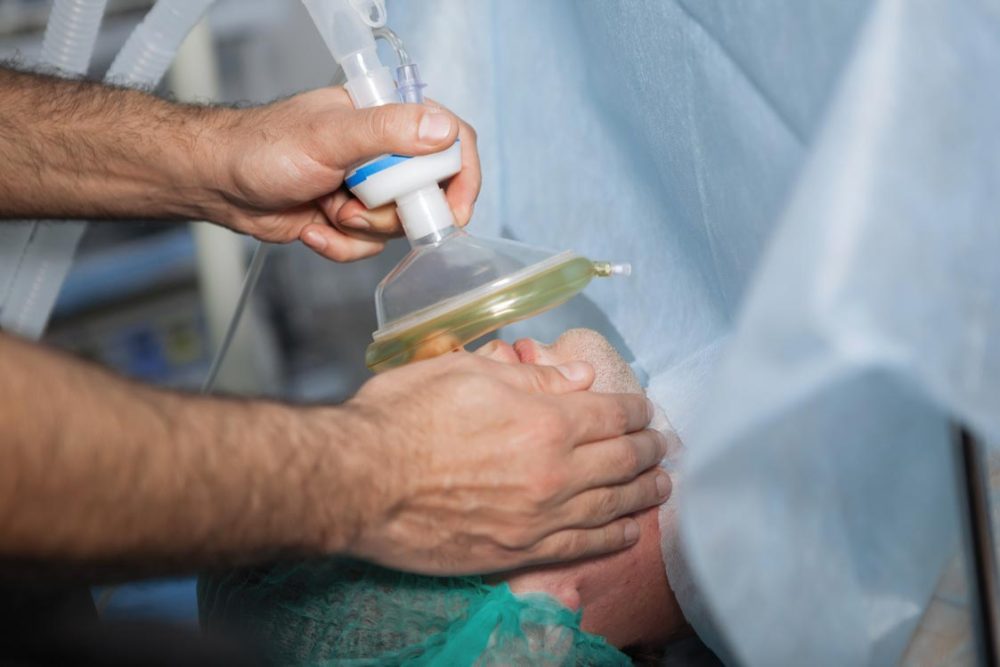Advertisment
Uptick in behavioral disorders reported in children following prenatal exposure to anesthesia

Children prenatally exposed to anesthesia for maternal surgery during pregnancy were significantly more likely than unexposed children to receive a diagnosis of a disruptive or internalizing behavioral disorder including attention deficit hyperactivity disorder, behavioral disorders, developmental speech or language disorders and autism, according to a new study at Columbia University Mailman School of Public Health and Columbia University Irving Medical Center (CUIMC). Until now associations between prenatal exposure to general anesthesia for maternal surgery during pregnancy and subsequent risk of behavioral disorders in children was unclear. The findings are published online in the British Journal of Anesthesia.
Prenatal exposure to general anesthesia was associated with a 31 percent increased risk for a subsequent disruptive or internalizing behavioral disorder (DIBD) diagnosis in children, with higher risk when the exposure occurred in the second or third trimester of pregnancy. The probabilities of DIBD diagnosis between exposed and unexposed children were similar in the first three years of life, but diverged thereafter.
“For several years there have been concerns about the long-term neurodevelopmental effects of anesthetic exposure in children, with the FDA in 2016 releasing a Drug Safety Communication warning against repeated or lengthy use of anesthesia in young children and pregnant women,” said Caleb Ing, MD, MS, associate professor of Anesthesiology and Epidemiology at Columbia Public Health and CUIMC and first author. “Studies evaluating exposures in children however have been limited because children needing surgery and anesthesia may have more underlying health problems which may predispose them to neurodevelopmental disorders.
Prenatal exposures are particularly relevant because general anesthetic drugs cross the placenta, and since the need for anesthesia is related to maternal medical problems, the risk of bias due to underlying health problems in children is reduced, according to the authors. “However, caution is advised, as many procedures in pregnant women may be necessary, and avoidance of necessary procedures can have detrimental effects on mothers and their children,” advises Ing.
The study population was drawn from Medicaid Analytic eXPrenatal eXtract for general anesthetic exposure and was identified using maternal claims with International Classification of Disease for either an appendectomy or cholecystectomy which are the two most common non-obstetric procedures performed during pregnancy. Exposures were classified as occurring in the first, second, or third trimester of pregnancy. The researchers also controlled for a variety of factors including age, race, ethnicity, state of residence, income based on zipcode, and Medicaid enrollment for disability vs. poverty.
Each prenatally exposed child was matched with five unexposed children. The population consisted of 16,778,231 deliveries linked to an infant born between 1999 and 2013 with known sex. Of those, 34,271 children were exposed to general anesthesia due to maternal appendectomy or cholecystectomy during pregnancy.
“This study provides compelling evidence that prenatal exposure to surgery and general anesthesia may have adverse effects on children’s neurobehavioral development ,” said Guohua Li, MD, DrPH, professor of Epidemiology and Anesthesiology at Columbia Mailman School and Vagelos College of Physicians and Surgeons, and senior author. “Our findings could help inform preoperative risk assessment in pregnant women, especially when the surgical procedure is elective or when viable treatment is available. Results of this study also give added impetus to research on safer anesthetic drugs and techniques.”
Co-authors are Jeffrey H. Silber,,Children’s Hospital of Philadelphia and University of Pennsylvania Perelman School of Medicine; Deven Lackraj, Stanford Chihuri, and Ling Guo , Columbia University Vagelos College of Physicians and Surgeons; Mark Olfson and Melanie Wall, Columbia Mailman School of Public Health and Vagelos College of Physicians and Surgeons; Caleb Miles, Columbia Mailman School of Public Health; Joseph G. Reiter and Siddharth Jain, Children’s Hospital of Philadelphia; and Cynthia Gyamfi-Bannerman, University of California San Diego.
The study was supported by the Agency for Healthcare Research and Quality (AHRQ), grant R01HS026493.





